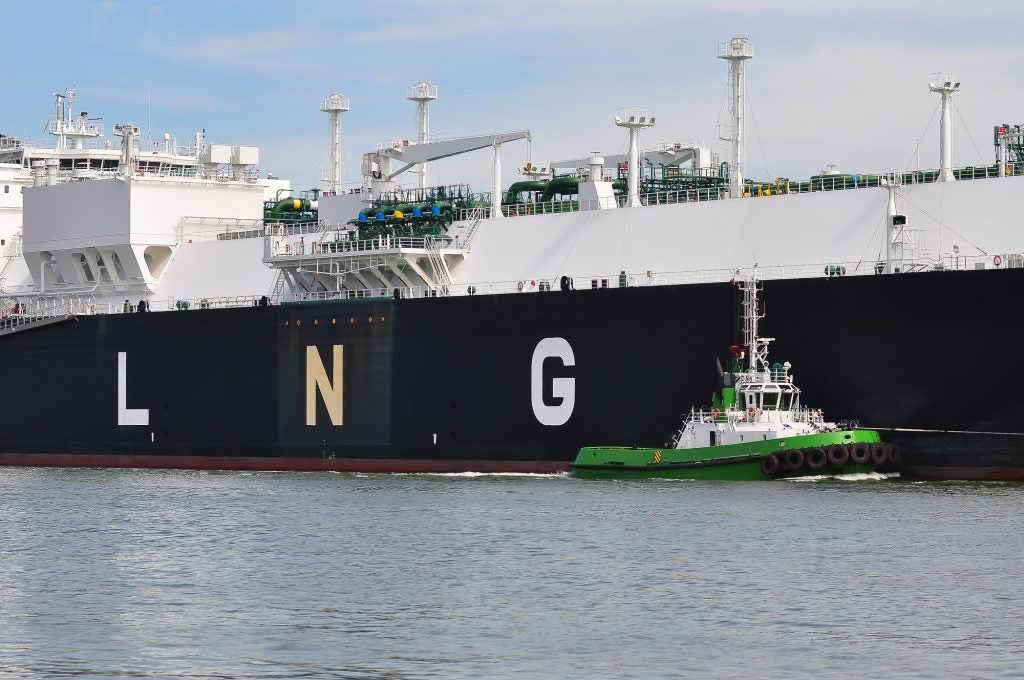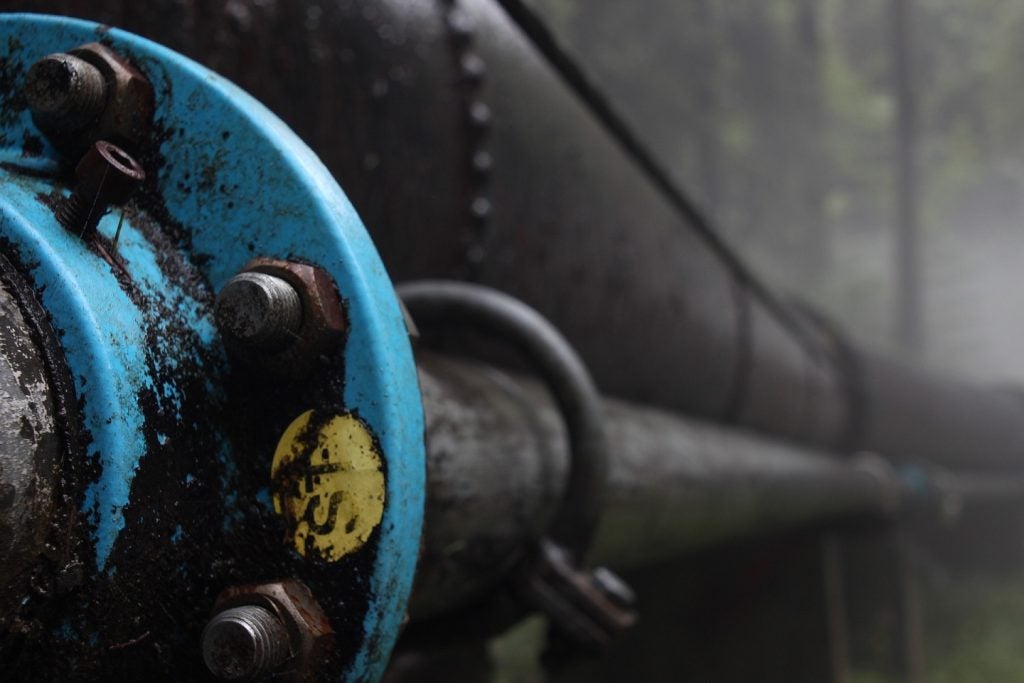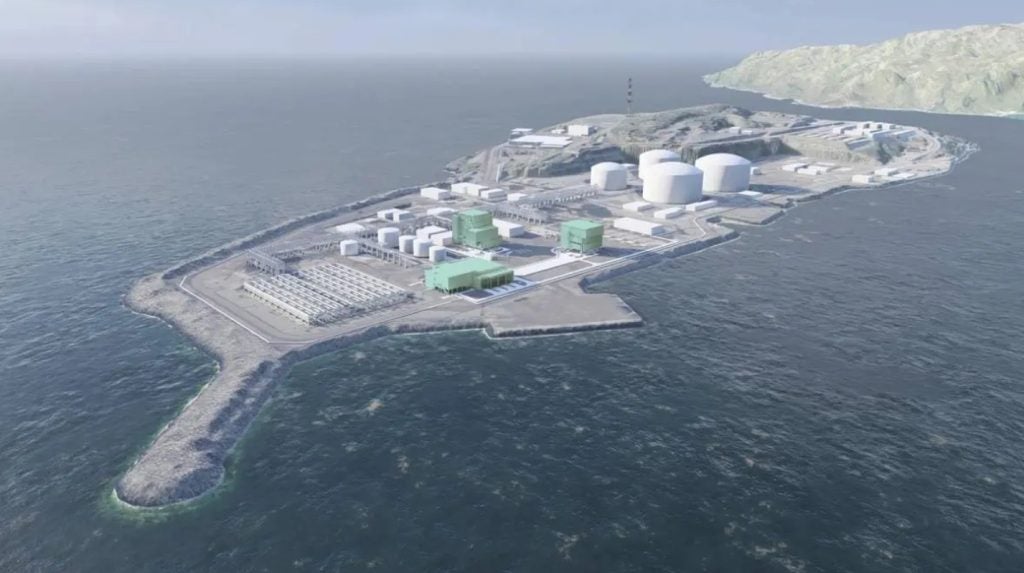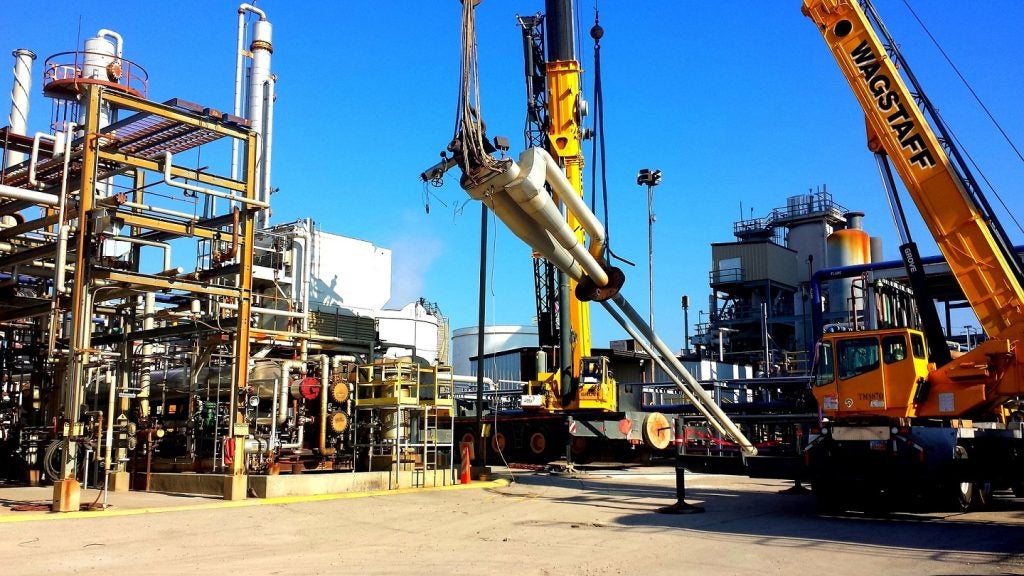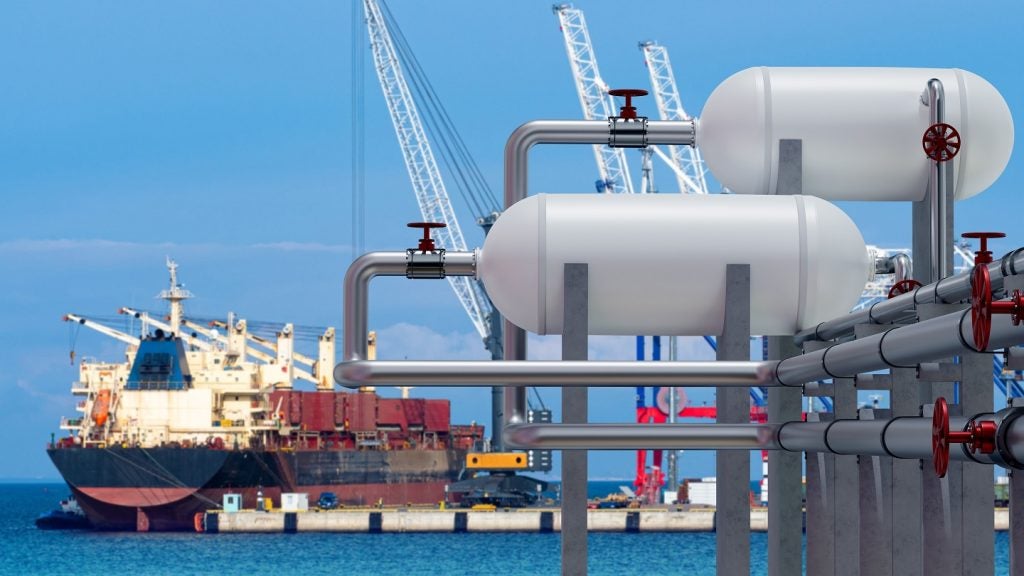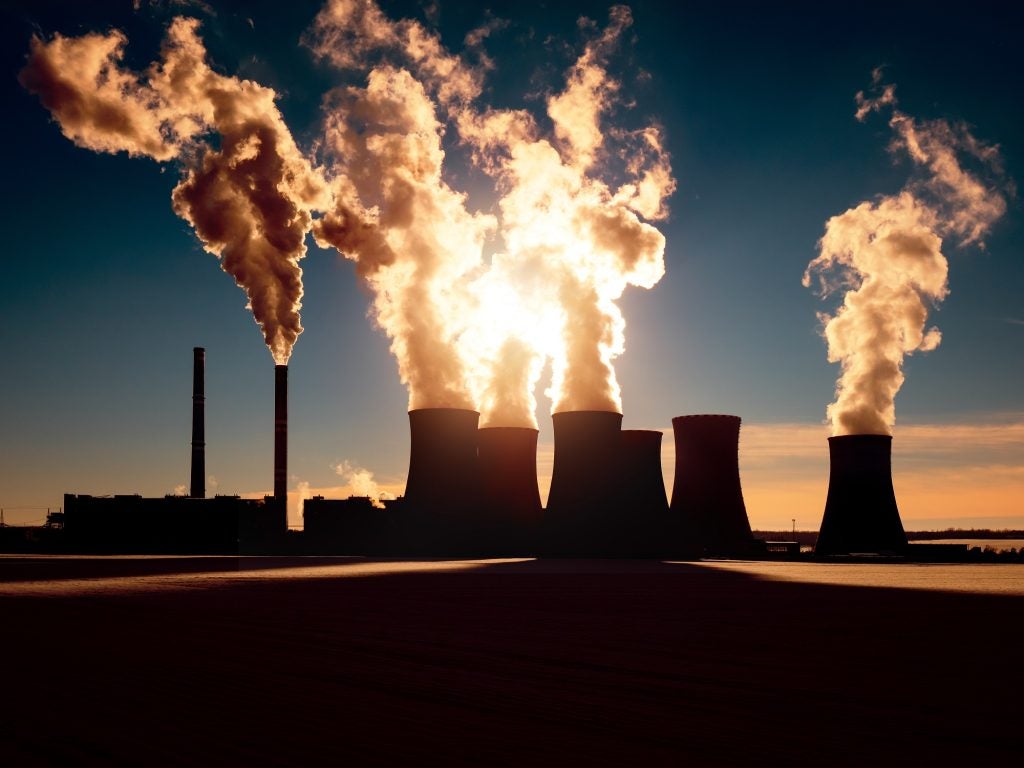New Fortress, a US energy company, plans to commence operations at the first of three proposed floating liquefied natural gas (LNG) plants in Mexico next month, reported Reuters.
New Fortress is working with Comisión Federal de Electricidad (CFE), a Mexican Government power utility, to build the $1.3bn (32.3bn pesos) facility.
Located at Altamira in the Gulf of Mexico, the plant will convert US and Mexican gas into LNG for export.
The last two floating LNG rigs are expected to be built and installed this month, with the gas flowing from September and the first cargo being sold in October.
When fully operational, the facility will be able to generate up to 1.4 million tonnes (mt) of LNG annually.
In an earnings call, New Fortress chief financial officer Christopher Guinta said: "Each of the rigs have achieved mechanical completion, and we are in the process of commissioning various systems while the remaining rigs are still in the queue at shipyard."
For Altamira, two more floating LNG facilities are being built, and operations are set to begin in the first quarter of 2025.
Mexican President Andres Manuel Lopez Obrador said: "This [project] will ensure that there is no shortage of gas in Mexico, but also that we can export surpluses from Mexico and Texas."
The state-owned oil business Pemex and marine pipes from Texas will supply the plants at Altamira, he added.
On both the Gulf and Pacific coastlines of Mexico, nine onshore and floating LNG production facilities will be built, most of which will use gas from the US.
In June this year, New Fortress secured a permit from the Mexican Ministry of Energy to export up to 7.8mt of LNG through to April 2028.


